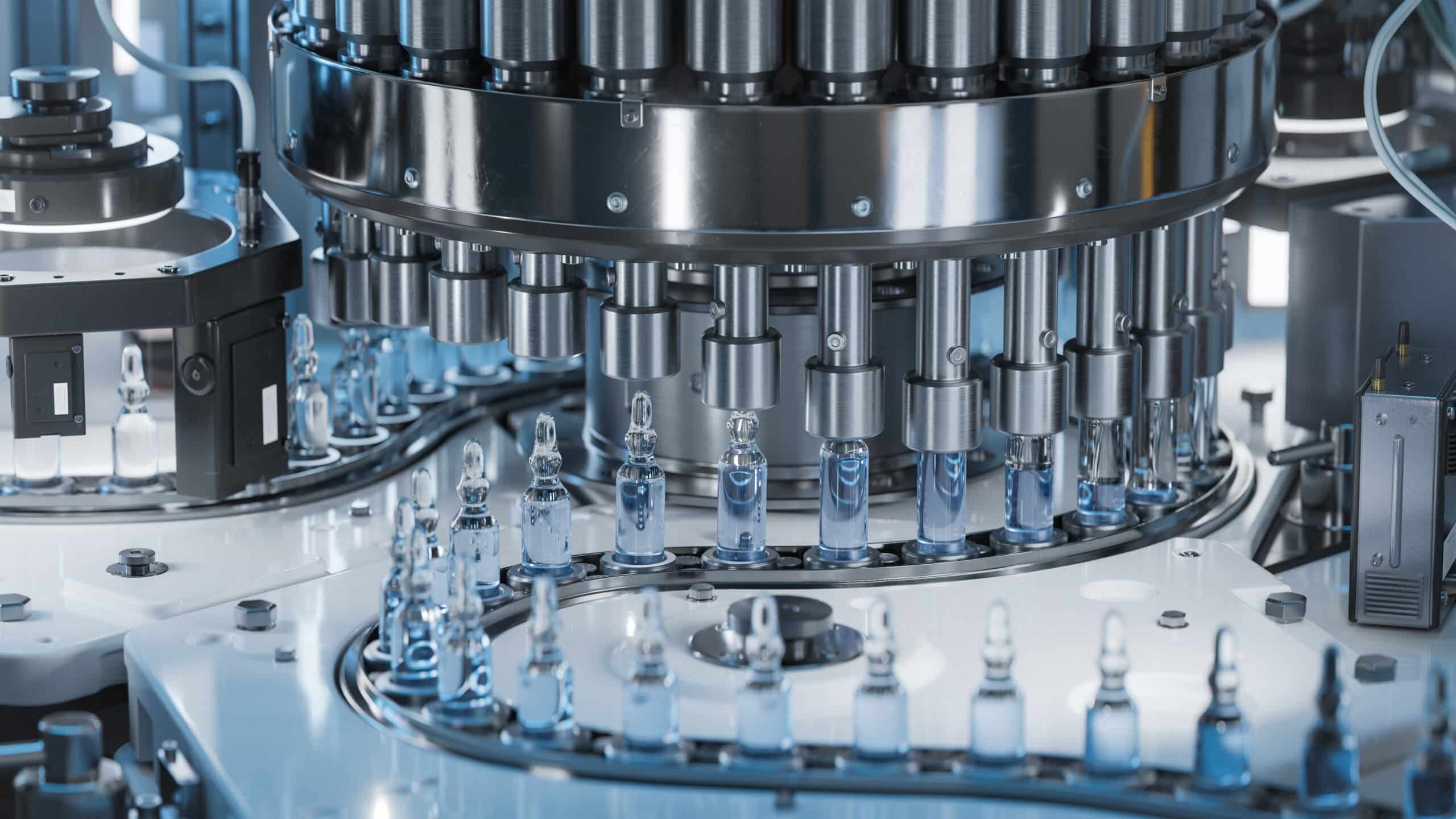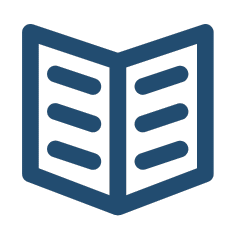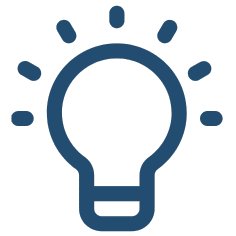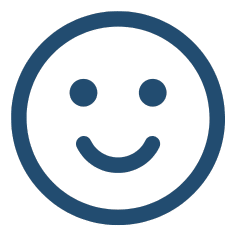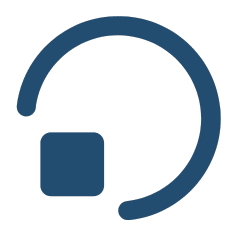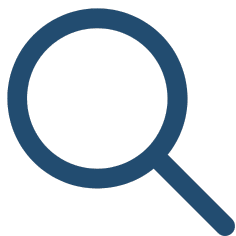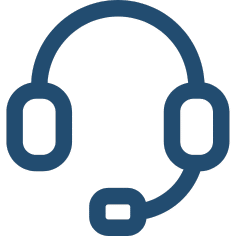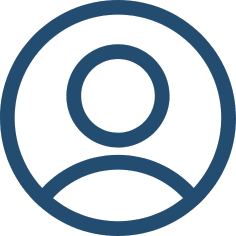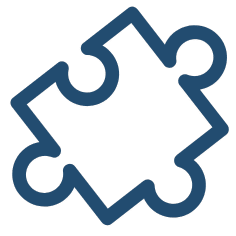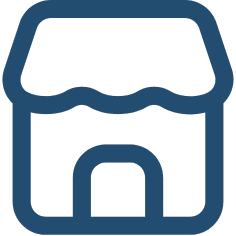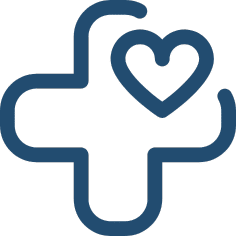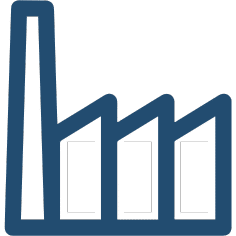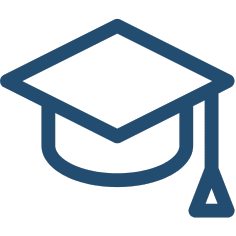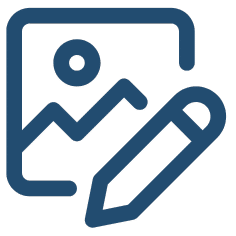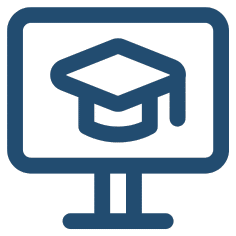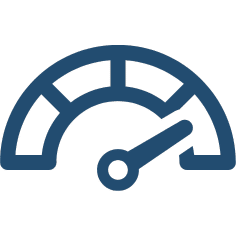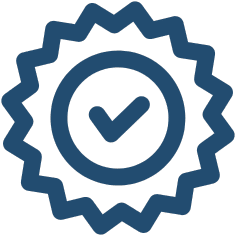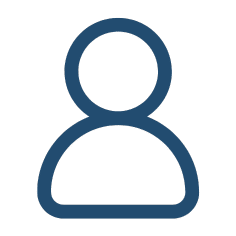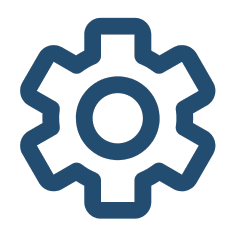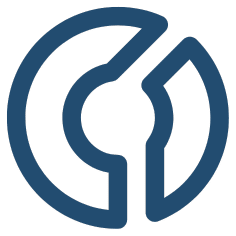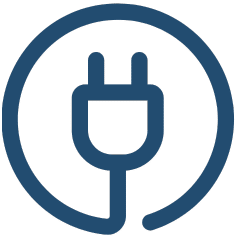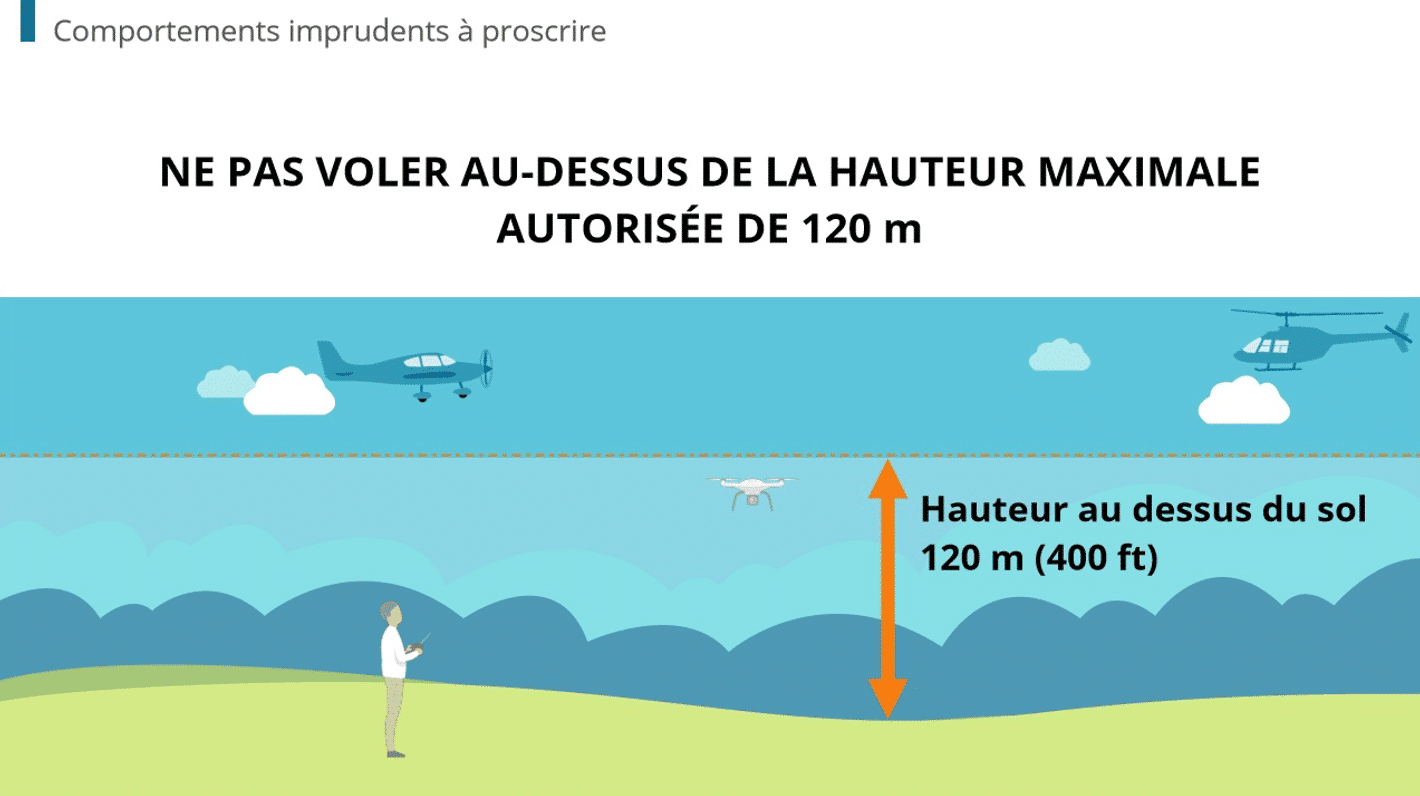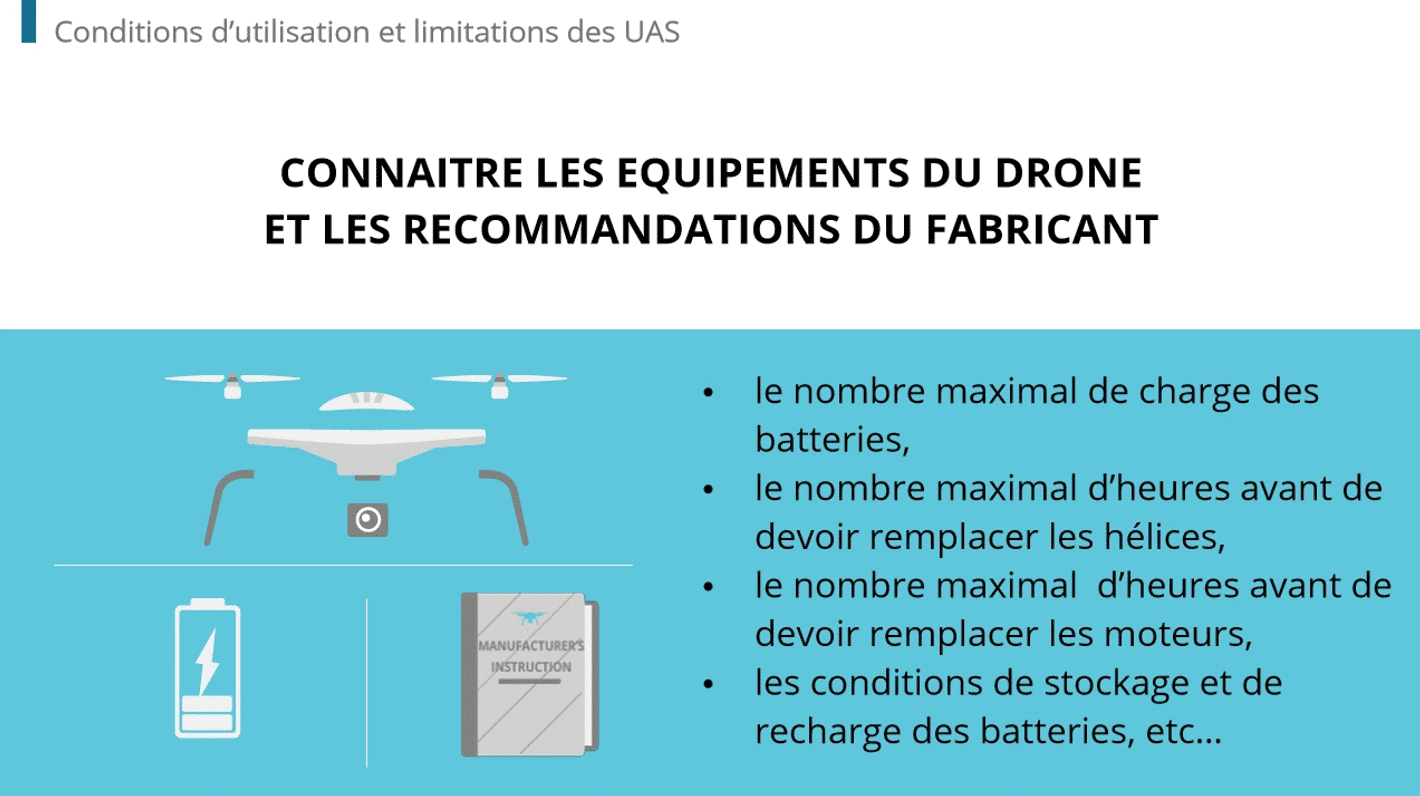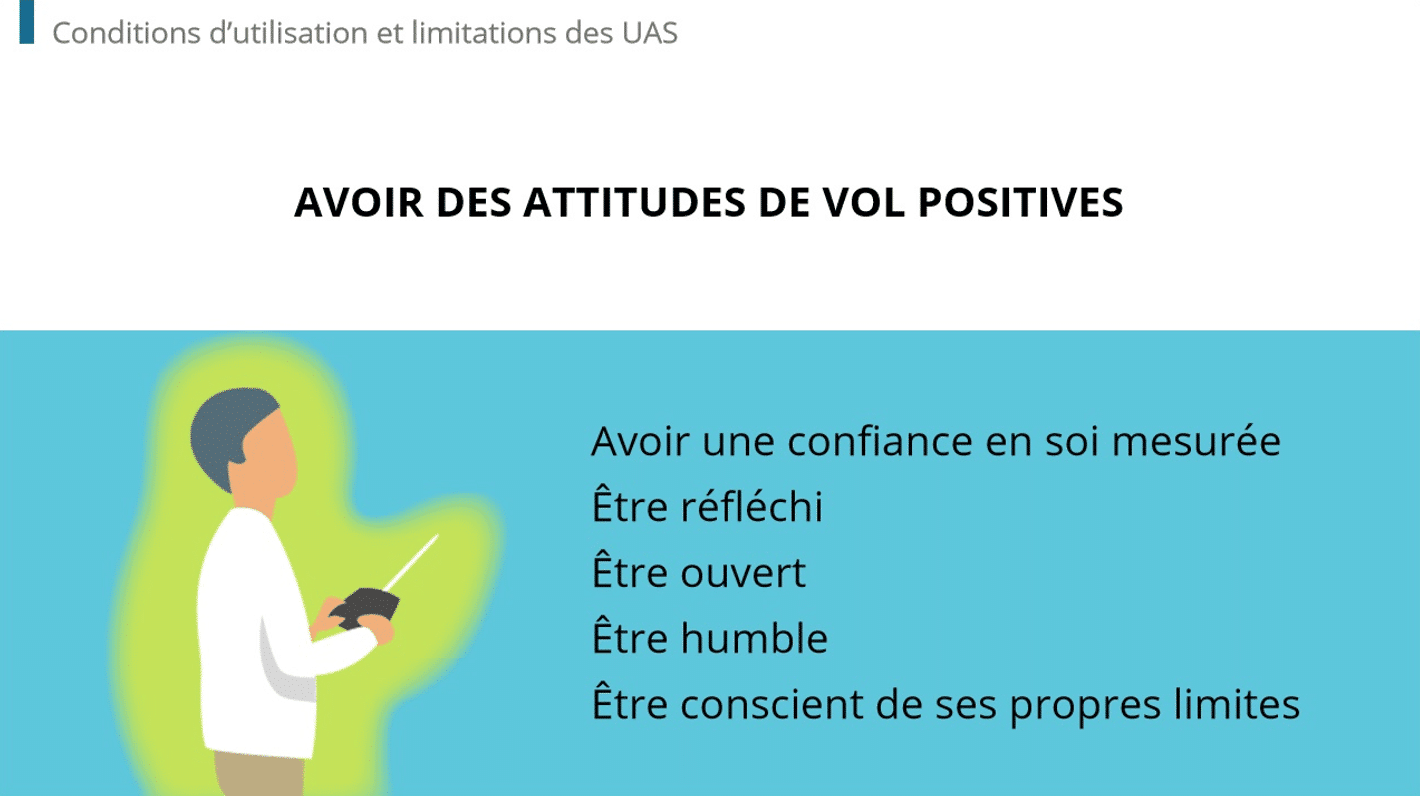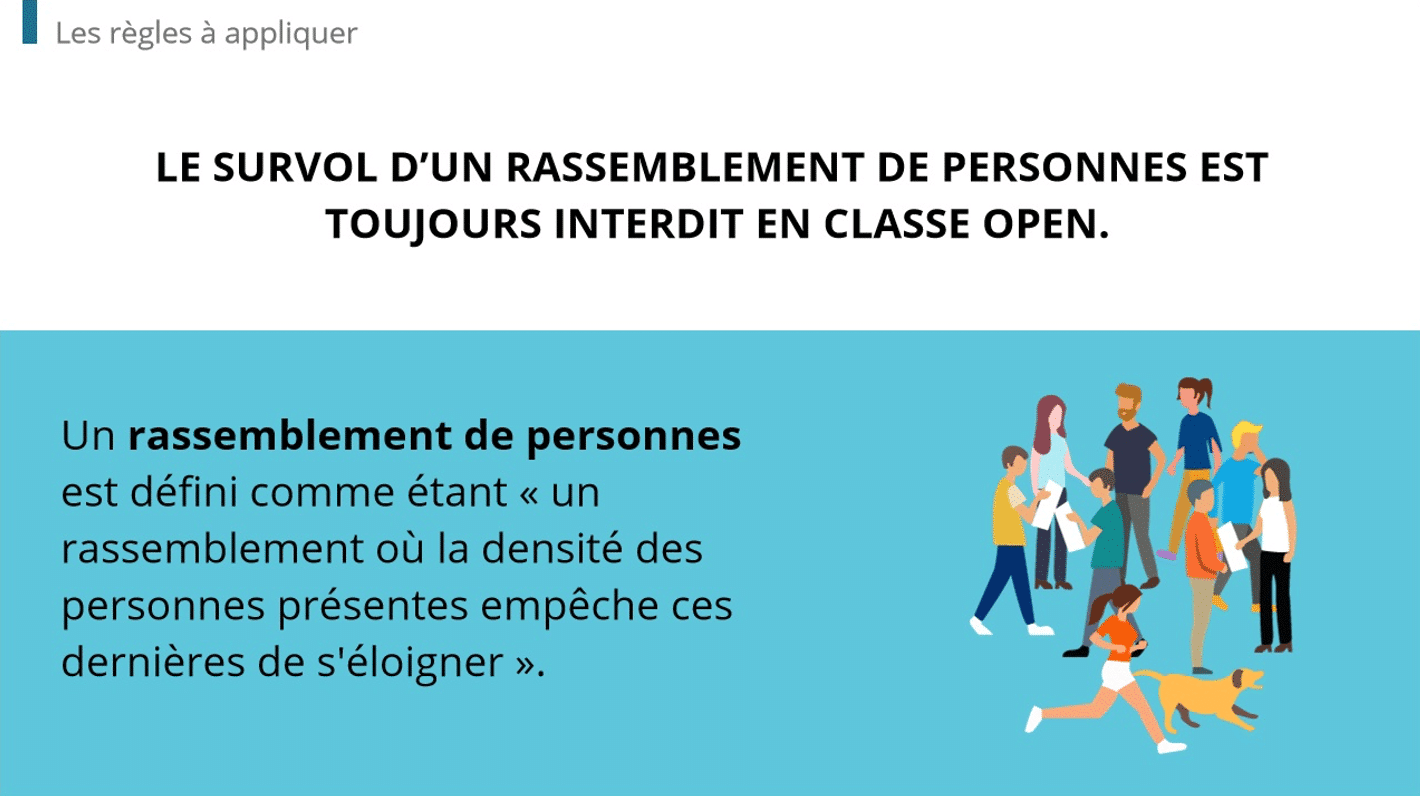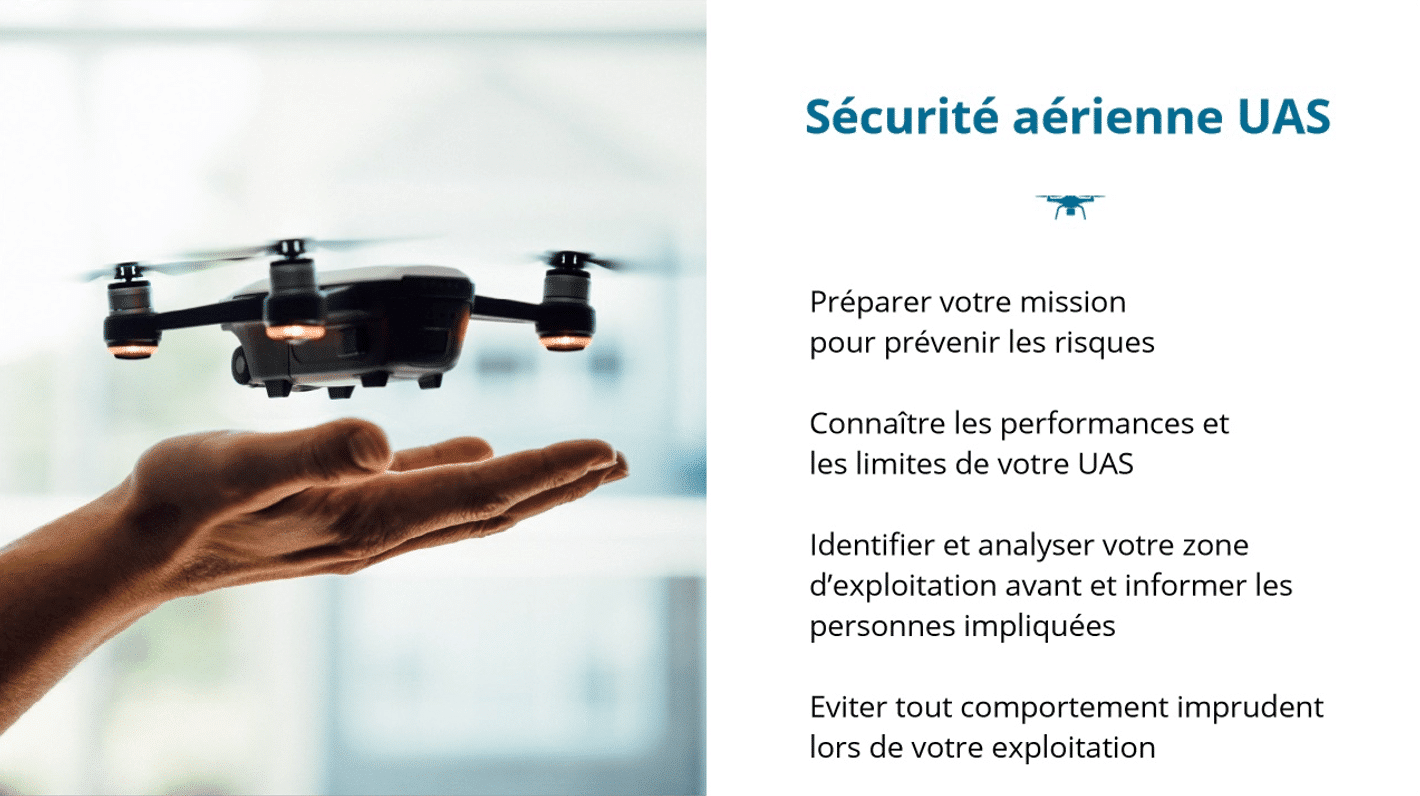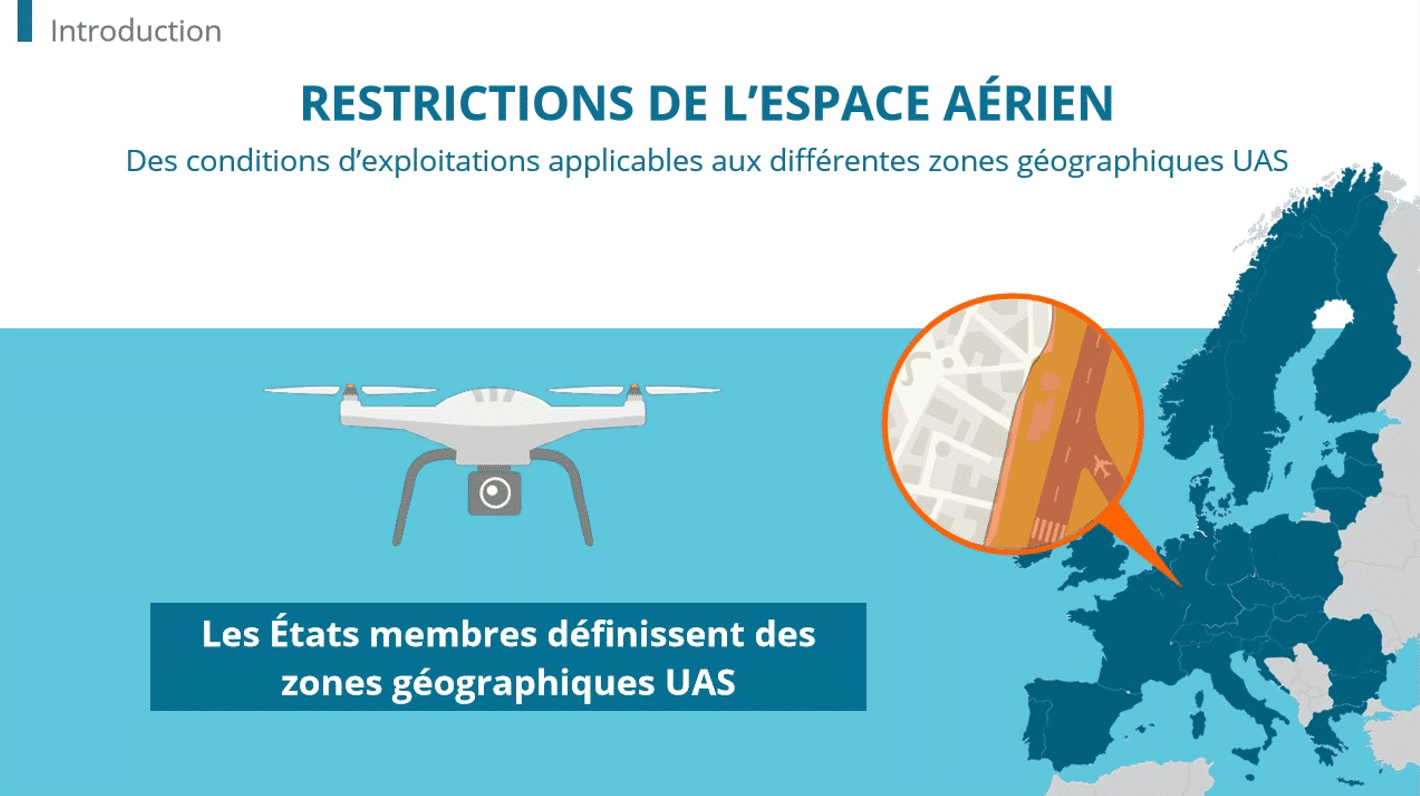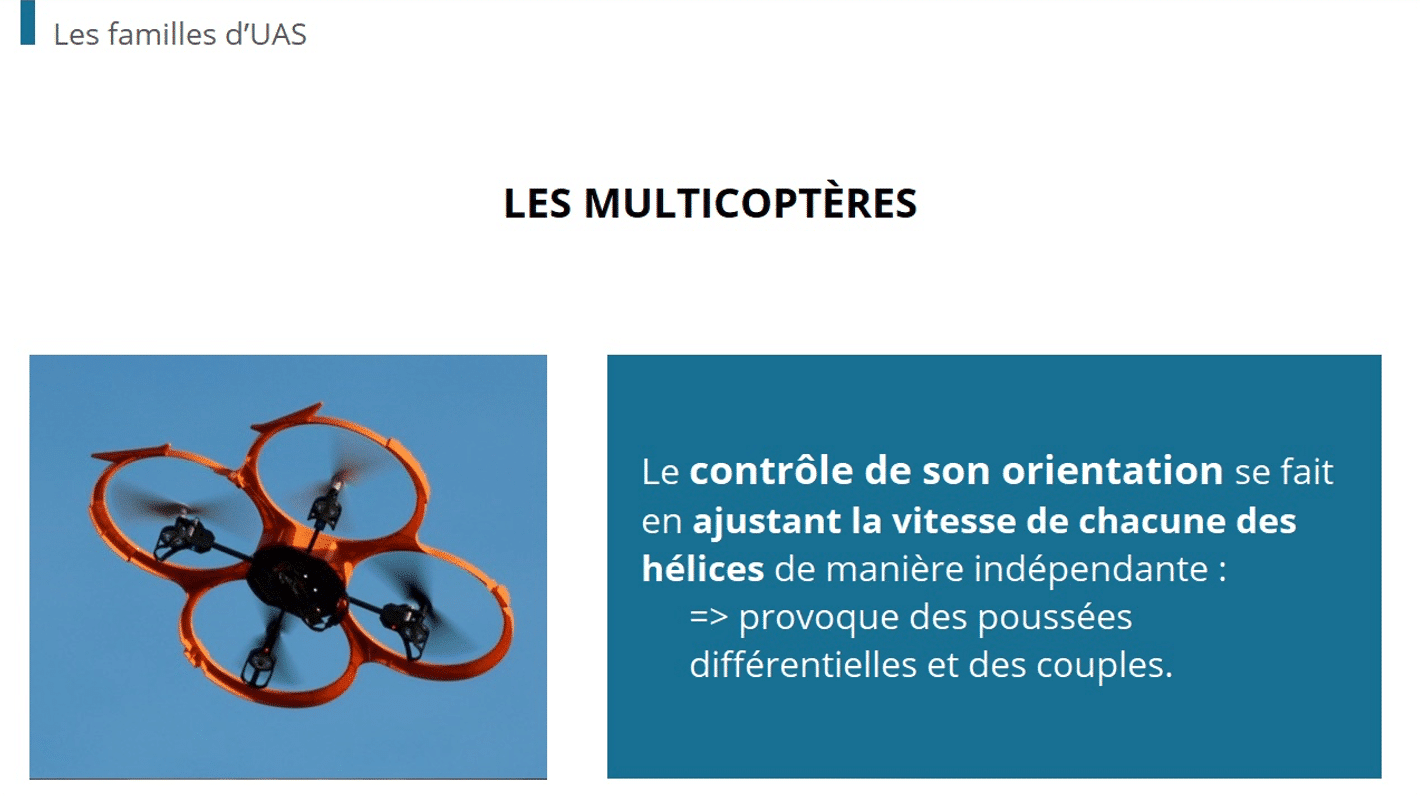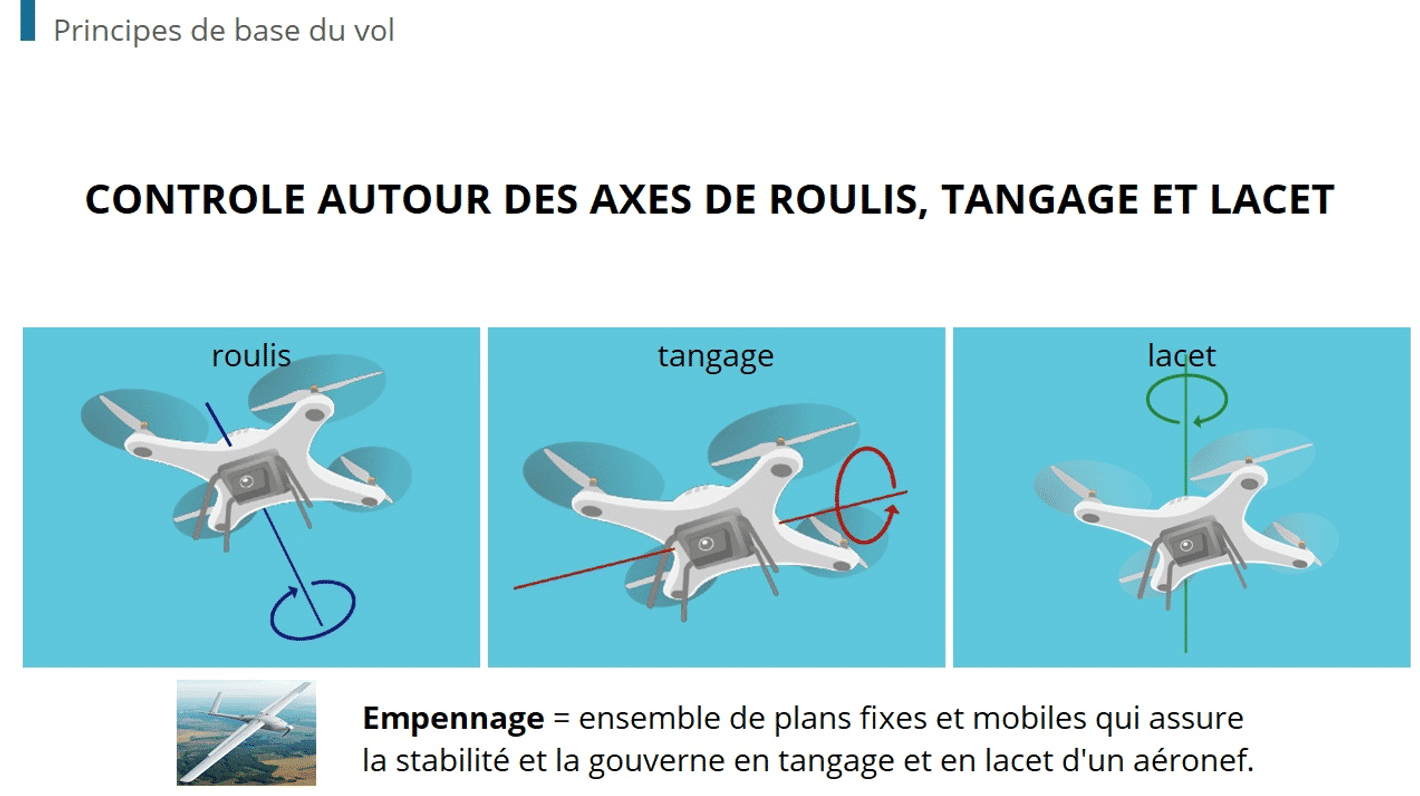U.S. pharmaceutical companies are regulated by the Food and Drug Administration (FDA). It oversees every step of the process, from the manufacturing to the advertising of drugs and medical devices. This makes pharmaceutical training on FDA compliance critical. Failure to comply can result in hefty fines, reputational damage, and civil lawsuits. Give your staff the regulatory compliance training they need in an accessible and remote format via a learning management system (LMS). Consider these best practices for training enforcement and rollout.
Outline why FDA compliance is critical
Staff may not care for compliance and believe it’s the sole responsibility of the higher-ups. Begin training by explaining why pharma compliance is the duty of every member. Highlight your point with numbers and statistics. For example, U.S. pharmaceutical companies paid a total of $33 billion in fines between 2013 and 2016, according to the Pharmaceutical Processing World. Discuss the impact this has on employees, such as lay-offs, termination, disciplinary action, and lost opportunities for career advancement.
Identify the challenges
Before releasing a compliance course, identify the challenges. Once you know the barriers ahead, you can formulate the course around these challenges to circumvent the issues associated with compliance training. Here are the common challenges pharma HR administrators can expect to encounter:
- Constant amendments to FDA regulations
- Increasing globalization and adherence to FDA compliance by overseas third-party vendors
- Data integrity; maintaining accurate records and audit trails is increasingly becoming a challenge in the era of big data
Understand GMP standards
The FDA adopts Good Manufacturing Practices (GMP) as the standard for pharma. Most training sections and modules should follow the rules established under GMP protocols. This covers a range of quality controls, from material sourcing to clinical trials. The comprehensive GMP covers these five Ps: people, products, processes, procedures, and premises. Cover each of these individually in their respective modules, complete with video instructions, demonstrations, quizzes, etc.
Stay updated with cGMP
Current Good Manufacturing Practices (cGMP) isn’t to be confused with the aforementioned GMP. The two are similar and both fall under the FDA. Whereas GMP comprises the core principle regulations, cGMP focuses on the continued refinement of GMP’s procedures. One of the mentioned challenges was staying up to date with the constant updates. The solution is following cGMP and disseminating the information to trainees when there’s an update.
Quality assurance in pharma
The FDA has identified formal procedures and a strict systematic process to ensure consistency with GMP standards. Quality assurance encompasses the entire aspect of pharmaceutical product releases, including personnel training and their commitment to product integrity. Two crucial quality assurance aspects include:
- Documentation – HR must follow tight record-keeping protocols, complete with encryption and cyber-security implementation in place. Audit trails must be easily accessible, yet only available to authorized administrators.
- Validation – The pharma manufacturing process must yield consistent results within pre-defined specifications.
Compliance audit checklist
Audits typically occur unannounced, so pharmaceutical floors must always be in compliance. Educate your employees on what an actual audit entails. Conduct internal-level audits that simulate real FDA inspections. Unannounced audits keep employees “on their toes,” so to speak, so they don’t become lax and stray from protocol. Training should include a checklist of what’s required to pass an inspection. Here is what’s typically inspected:
- Documentation review – upon an inspector’s request, staff should be able to provide specific records and show that the network includes the latest encryption tools.
- Site readiness – all equipment should be properly calibrated and functioning at all times. Facilities should be clean and in suitable condition for conducting clinical trials, inventorying, etc.
- Training record review – personnel should be certified and have either a non-expired digital or physical copy of their certificate available.
- Corrective actions – if violations are identified, personnel should demonstrate an understanding of the corrective actions on the spot.
FAQ checklist
Much like identifying the challenges, identifying the questions to ask yields insight into the what, why, and how aspects of regulatory compliance. Ask these questions at the beginning of the course. It allows learners to think critically before an answer is presented. Here are good questions to pose.
- What are the core principles of quality assurance specific to pharmaceutical manufacturing?
- What is the role of risk management in pharma audits?
- What are the best pre-audit practices for ensuring record and facility readiness?
- If I outsource globally, how can I ensure my overseas partners comply?
Foster FDA compliance and understanding with Dokeos LMS
An industry that provides wellness products is naturally going to be subject to rigorous standards. Consistently remaining in compliance is a big ask, but we make the process more manageable with our LMS. Our GXP-validated training environment is designed for pharmaceutical training and meeting the demands associated with quality assurance, audit trailing, and SOP management.
Dokeos Learning Management System is a turnkey solution yet is customizable and designed for FDA 21 CFR, HIPAA and other major regulatory body compliance. Conduct audit programs with full traceability of logs and training records. Verify your legal commitment with Dokeos as a certified supplier. Begin your compliance journey with a free trial !

